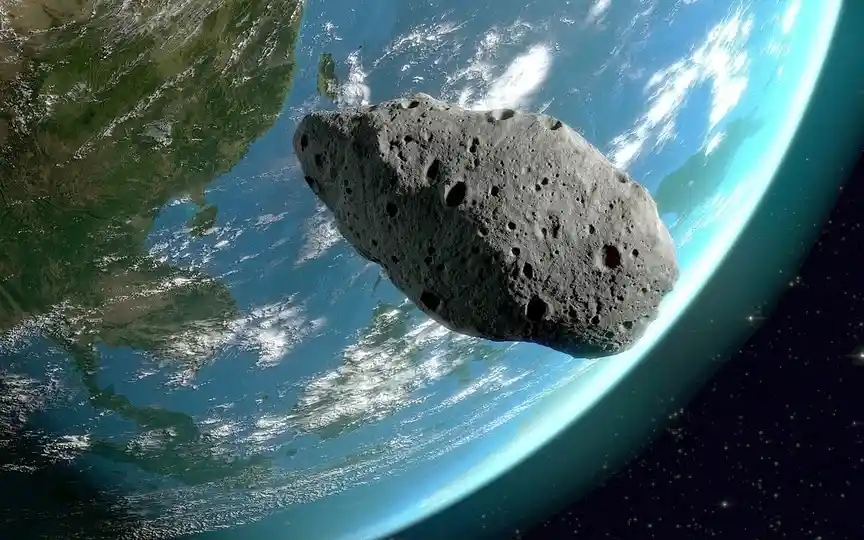NASA Reveals Details of Asteroid 2023 MR1’s Close Approach to Earth
NASA has established a range of space telescopes and ground-based observatories to explore, track, and analyze asteroids in space. Notable examples include the renowned Hubble Space Telescope and the recently launched James Webb Space Telescope. Additionally, spacecraft like Dawn, OSIRIS-REx, and Hayabusa2 have contributed to the study of these ancient celestial bodies. Currently, there are 1,298,210 identified asteroids in space, and while not all pose a threat, some can be diverted from their intended path by the gravitational pull of planets like Jupiter, potentially putting Earth at risk. Consequently, it is crucial to continuously monitor these asteroids to minimize uncertainties and mitigate the potential impact of their close encounters.
NASA has also revealed details of an asteroid that will pass the planet at close range. But does it make a difference? Read on to find out.
When will it pass Earth?
According to data released by NASA CNEOS, an asteroid called Asteroid 2023 MR1 is approaching Earth at breakneck speed and is expected to make its closest approach to the planet today, June 29.
How fast does it go?
This space rock is currently traveling towards Earth at a speed of 43515 kilometers per hour. That’s up to 2.2 million kilometers, and while this distance may seem large, it’s a relatively small amount by astronomical distances considering the size of the asteroid.
How big is it?
This is a 190-foot-wide asteroid, comparable to an airplane, NASA says! It has also been revealed that asteroid 2023 MR1 belongs to Apollo’s group of Near-Earth Asteroids, which are extra-Earth space rocks with semi-major axes larger than Earth’s. These asteroids are named after the huge 1862 Apollo asteroid discovered by German astronomer Karl Reinmuth in the 1930s.
Asteroid Naming Process
According to the European Space Agency (ESA), the process of temporarily naming an asteroid begins when one observer spots it on two consecutive nights and then sends their findings to the International Astronomical Union’s (IAU) Minor Planet Center. The IAU assigns a temporary designation, typically consisting of a serial number, such as “2023 KT1”. The provisional designation includes the year the asteroid was discovered, followed by two letters indicating the order in which it was discovered in that year.




